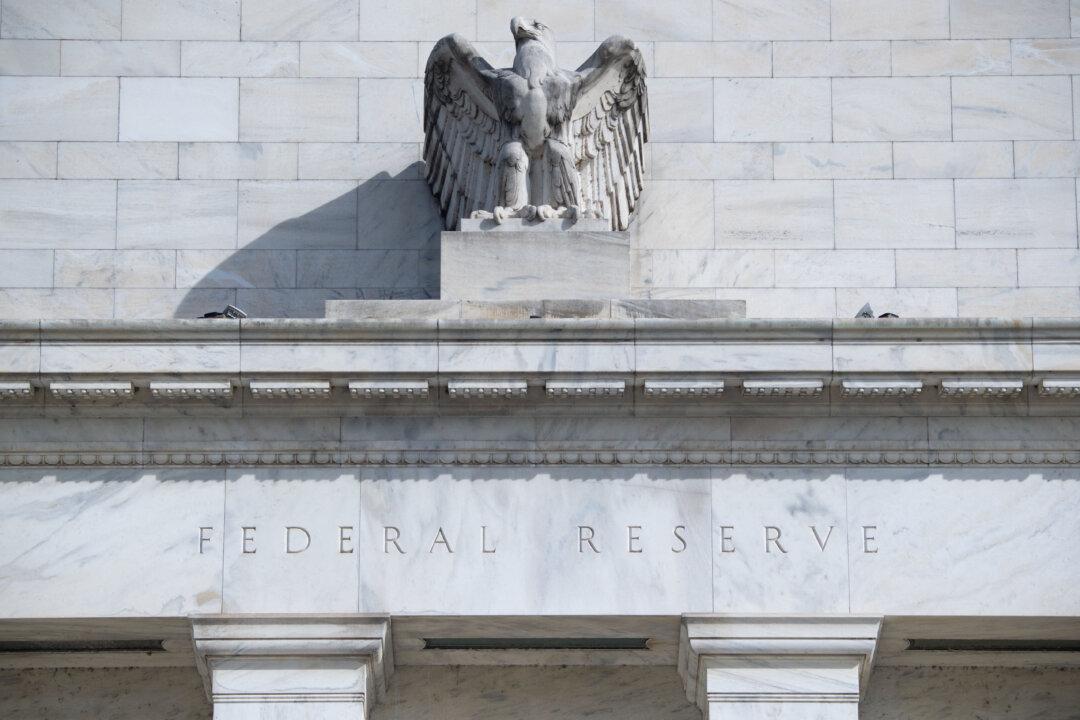Commentary
Recent home mortgage rate hikes have created concerns over the outlook for the housing market as well as the economy. Housing sales are highly sensitive to interest rates. A downturn in housing starts is among the earliest and most reliable indications of a downturn in the overall economy.





